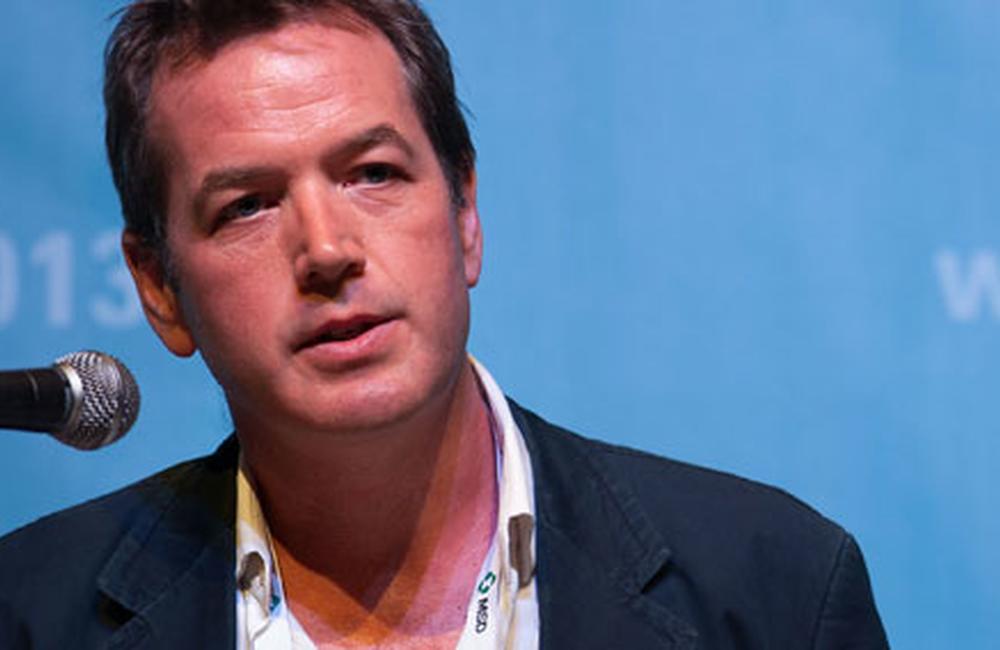
Middle-income countries outside Africa are paying, on average, four times more for antiretrovirals than African countries with similar gross national incomes (GNI), according to a study presented last week at the 7th International AIDS Society Conference on HIV Pathogenesis, Treatment and Prevention in Kuala Lumpur.
Antiretroviral (ARV) treatment is available at very low prices in the lowest income countries, defined as having a GNI of less than USD 1025 per person per year. However there are many middle-income countries with large HIV epidemics, such as South Africa and Russia. There is no established system for fair pricing of ARVs across these countries. It could be expected that the prices of ARVs in these countries would rise gradually, as the national income levels rise. However, the study also found that there is no consistent correlation between drug prices and GNI among the middle-income countries.
Overall, median treatment costs increased through income categories. However, prices remained stable in African countries with rising GNI, but outside Africa there were large price rises in some middle-income countries, not clearly correlated with higher GNI.
The study compared the ARV treatment cost of six key ARV products with the per capita annual GNI of countries in three income bands: low income, low-medium income and medium income.
The six low-income countries (GNI ≤ USD 1025 per person countries) included in the comparison were Ethiopia, Malawi, Uganda, Tanzania, Kenya and Cambodia. The six low-middle countries (GNI USD 1026-USD 4035 per person), were Nigeria, Vietnam, India, Philippines, Indonesia and Ukraine. Eight upper-middle income countries (GNI USD 4036-USD 12,475 per person) were also included, namely Namibia, South Africa, Botswana, Thailand, China, Malaysia, Brazil and Russia.
The products used were nevirapine (NVP), efavirenz (EFV), tenofovir (TDF), AZT/3TC, tenofovir/FTC and lopinavir/ritonavir (LPV/r), including branded and generic versions.
The median cost of treatment per person per year in African higher-middle income countries for efavirenz (EFV) (600mg, once daily) was found to be USD 60 (range: USD 51-USD 69) compared to USD 241 in non-African countries – a fourfold increase. The price of EFV in non-African countries ranged from USD 57 in Brazil to USD 784 in Malaysia.
This trend was repeated across all the other ARVs examined with nevirapine (200mg BID) costing USD 30 (range: USD 29-USD 35) in African countries compared to USD 97 (range: USD 32-USD 162) in non-African countries, tenofovir (300mg once daily) costing USD 107 (range: USD 79-135) compared to USD 477 (range: USD 262-USD 715); 3TC (150mg twice daily) costing USD 98 (range: USD 97-USD 113) compared to USD 562 (range: USD 372-USD 752) and lopinavir/ritonavir (LPV/r: 400/100mg once daily) costing USD 425 (range: USD 397-USD 490) compared to USD 1000 (range: USD 793-USD 3794) in African compared to non-African middle-income countries. Across all the ARVs, Malaysia (the country with the third highest GNI of the middle-income counties) was paying the highest price, except for tenofovir, where Brazil is paying the highest price.
While it is expected for upper-middle income countries to pay higher prices for ARVs, it is the range in price across upper-middle income countries which highlights the discrepancy in the pricing system.
The median cost of efaverinz for low-income countries was USD 51 compared to USD 53 for low-middle income countries and USD 232 (range: USD 51-USD 784) for upper-middle income countries. The median cost of nevirapine was USD 31 for both low and low-middle income countries and USD 32 (range: USD 29-USD 162) for upper-middle income countries.
The median cost of tenofovir was USD 71, USD 80 and USD 345 (range: USD 79-USD 715) for low, low-middle and upper-middle income countries respectively.
The median cost of 3TC was USD 97, USD 100 and USD106 (range: USD 97-USD 752) respectively. For lopinavir/ritonavir, the cost was USD 407, USD 585 and USD 878 (range: USD 397-USD 3794) respectively.
This analysis will be repeated, dividing the costs by branded and generic suppliers. Patent restrictions on some drugs may be causing higher prices in some middle-income countries.
“We need a new system of fair pricing for antiretrovirals for all middle-income countries with large HIV epidemics,” said Dr Andrew Hill, a senior research fellow in the Department of Pharmacology at the University of Liverpool, author of the study.
Hill A et al. Is the pricing of antiretrovirals equitable? Analysis of antiretroviral drug prices in 20 low and middle income countries. 7th International AIDS Society Conference on HIV Pathogenesis, Treatment and Prevention, Kuala Lumpur, abstract WELBD05, 2013. View the abstract on the IAS conference website.
